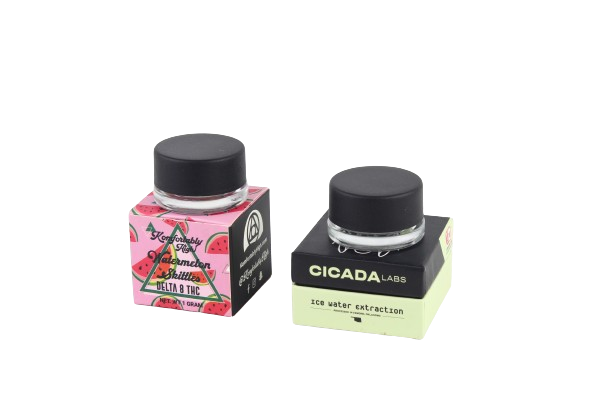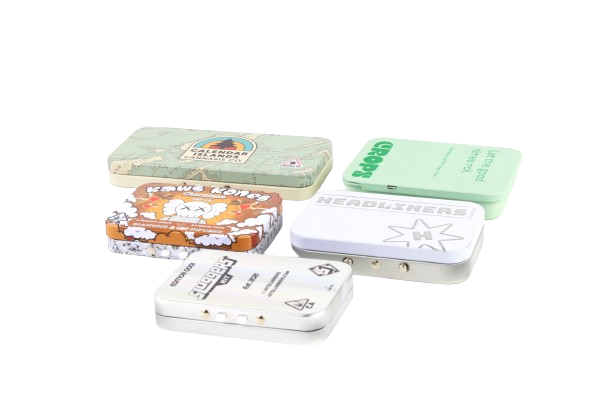Child-resistant packaging has become a crucial aspect of the packaging industry, particularly for products that pose a risk to children if accidentally ingested. This type of packaging is designed to make it difficult for young children to open and gain access to potentially harmful substances or objects. Child-resistant packaging is used for a wide range of products, including medications, household cleaners, and certain types of food items.
One of the primary uses of child-resistant packaging is to prevent accidental poisoning in young children. Many common household items, such as over-the-counter medications, vitamins, and cleaning products, can be extremely dangerous if ingested by a child. Child-resistant packaging provides an additional level of protection by making it more difficult for children to access these items. This can help to reduce the risk of accidental poisoning and provide peace of mind for parents and caregivers.
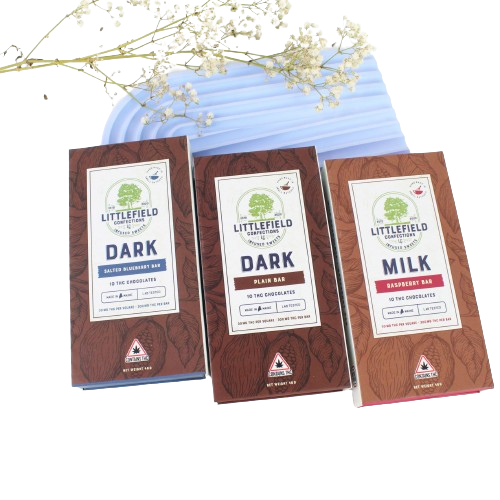
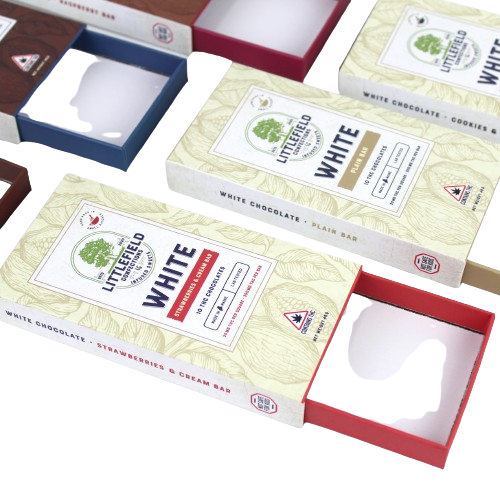
In addition to preventing accidental poisoning, child-resistant sliding box is also used to reduce the risk of choking and suffocation. Small objects, such as coins, batteries, and certain types of toys, can pose a serious risk to young children if they are able to access them. Child-resistant packaging helps to minimize this risk by making it more difficult for children to open and access the contents of the package.
Child-resistant prerolls packaging is also commonly used for products that pose a risk of fire or explosion if mishandled. For example, certain types of lighters and matches are required to be sold in child-resistant packaging to reduce the risk of accidental fires. By implementing child-resistant packaging for these types of products, manufacturers are able to provide an additional layer of safety and protection for consumers.
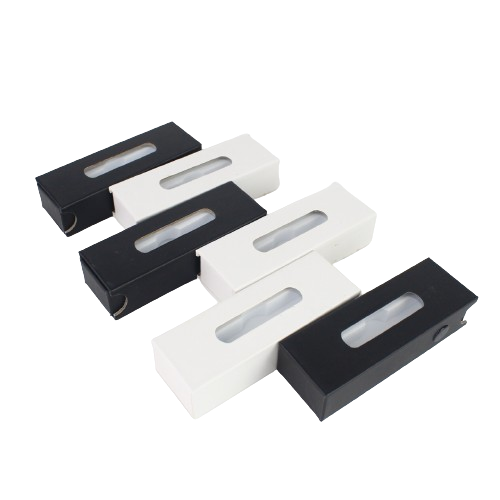
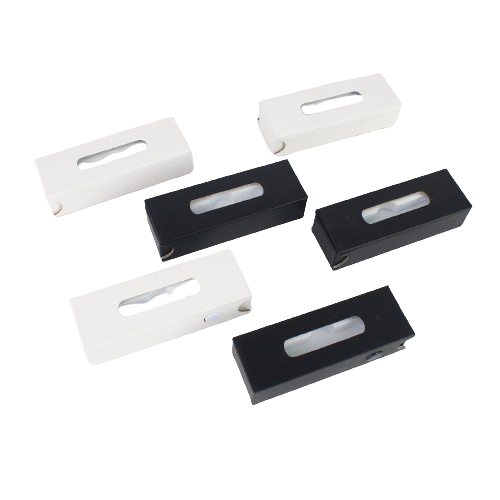
In order to be effective, child-resistant packaging must meet specific testing and certification requirements. These requirements are established and regulated by organizations such as the Consumer Product Safety Commission (CPSC) in the United States. Manufacturers are required to conduct rigorous testing to ensure that their packaging meets the standards for child resistance. This may involve testing the packaging with children of various ages to evaluate their ability to open the package.
There are several different types of child-resistant packaging, each with its own unique design and mechanism for preventing access by young children. Some common examples include push-and-turn caps, squeeze-and-turn caps, and blister packs that require a specific motion to open. These designs are intended to be challenging for young children to open, while still being accessible to adults.
Overall, child-resistant packaging serves an important role in protecting children from accidental injury and harm. By making it more difficult for young children to access potentially dangerous products, child-resistant packaging helps to prevent accidents and injuries. It also provides an important layer of safety for households with young children, giving parents and caregivers peace of mind. As the demand for child-resistant packaging continues to grow, it is likely that we will continue to see advancements in design and technology to further enhance its effectiveness.
Post time: Jan-02-2024

